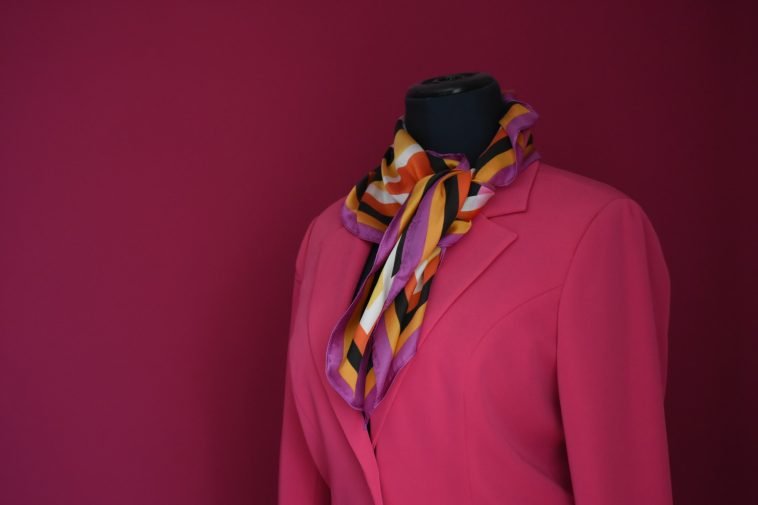Introduction.
Starting a dropshipping business can feel overwhelming, especially when you’re trying to figure out how many products to offer.
You’ve probably heard stories of successful dropshipping entrepreneurs who seem to sell everything under the sun.
But does that mean you should follow the same path? How many products should you have on your dropshipping website?
This is one of the most common questions new dropshippers have, and it can make a huge difference in how successful your store becomes.
Choosing the right number of products to sell isn’t just about filling your website with items. It’s about finding the right balance that allows you to grow and scale while still managing everything effectively.
You want a selection that keeps your customers happy and coming back, without overwhelming yourself with too much to manage.
So, let’s break it down, look at the pros and cons of different strategies, and explore how to find the sweet spot for your dropshipping business.
Why the Number of Products Matters
When starting with dropshipping, one of the first things you’ll realize is that less isn’t always more, but more definitely isn’t always better either.
Adding too many products can be overwhelming. Your website might look cluttered, confusing, and tough for customers to navigate.
Too few products, on the other hand, might not give your store enough variety or make it feel too empty.
The right number of products will depend on several factors: your niche, your marketing strategy, and how much time and energy you have to manage the store.
Getting this right can impact your website’s user experience, your sales, and even how your customers perceive your brand.
But it’s not just about filling the shelves – it’s about filling the right shelves with the right products.
What’s the Ideal Number of Products to Start With?
If you’re just starting your dropshipping business, I’d suggest starting with a small, focused selection.
Between 20 to 50 products can be a good starting point. This allows you to test the waters without getting overwhelmed. You can keep track of what sells well, what doesn’t, and adjust accordingly.
You’ll also have enough variety to appeal to different types of customers but not so much that it becomes a nightmare to manage.
The key is to test different products, see what works, and then build your catalog based on that data. You want to start small but aim to grow over time.
As you understand what your audience likes, you can add more products that align with their needs and preferences.
How Do I Choose the Right Products?
Once you’ve decided how many products to sell, the next question is: How do you pick the right ones? If you just start selling anything that catches your eye, you could waste time and money on products that don’t work.
Here are some quick tips to help you select the best products for your dropshipping store:
1. Stick to a Niche.
Focusing on a specific niche is key. This helps you stand out from the competition, builds brand authority, and allows you to target a specific audience.
You can sell anything, but it’s better to be known for something. For example, instead of selling “fashion accessories,” consider narrowing it down to “eco-friendly handbags” or “vintage-style sunglasses.”
2. Look for Low Competition.
If the market is flooded with similar products, it will be tough to stand out. Research products with low competition but decent demand. Use tools like Google Trends or the Amazon Best Sellers list to get a sense of what people are buying.
3. Consider Profit Margins.
Dropshipping is all about finding products that bring in a profit. Some products may be cheap to buy, but the shipping costs or marketing fees might eat into your margins. Look for items that give you room to make a good profit, typically at least 20-30%.
4. Focus on Quality.
Even though you don’t handle the shipping yourself, product quality matters. Choose suppliers who can consistently deliver high-quality products, as poor customer reviews will quickly ruin your reputation.
5. Seasonal Products vs. Evergreen Products.
Some products might be trendy or seasonal, like Christmas decorations or Halloween costumes. These can make a lot of money during their peak seasons, but you’ll want a good mix of evergreen products that sell year-round.
Should You Sell One Product or More?
Some dropshipping businesses succeed with a single product store. The benefit of having just one product is that you can focus your efforts on selling that one item and creating a brand around it.
But here’s the thing: It’s risky. If the product doesn’t sell, you’re stuck. And if it’s a seasonal product, your sales might drop significantly after its peak.
On the other hand, having a larger range of products allows you to spread the risk and appeal to a wider audience. More products mean more opportunities to find something that clicks with your customers.
The downside is that it can be harder to stand out with so much competition, and it might take more time to create a compelling brand story.
The Balance Between Quality and Quantity
When you’re figuring out how many products to add, think about quality over quantity. It’s better to start small with high-quality, high-demand products than to launch a website with hundreds of items that don’t really fit your audience. Always keep track of your sales and be ready to cut products that aren’t doing well.
It’s also important to manage your expectations. Even if you sell 50 different items, don’t expect to make a sale on every one of them.
A handful of your products will likely account for most of your sales. So, it’s a good idea to keep track of what’s performing well and double down on those products while slowly phasing out others.
Managing Your Product Inventory
When you’re managing your dropshipping store, it’s important to stay on top of your inventory, especially since you don’t control the shipping.
Some products might go out of stock or become discontinued by your supplier without warning. This is why it’s crucial to have a reliable supplier with good communication and stock updates.
You can also automate stock updates using plugins for your website, which helps ensure that customers are only purchasing items that are available. This can save you a lot of headaches down the line.
FAQs
- How Many Products Should I Sell On My Dropshipping Website? It depends on your niche, audience, and how much time you have to manage the store. Starting with 20-50 products is a solid choice for most people.
- Is It Better To Start With Many Products or Just a Few? Starting with a smaller selection is better. This allows you to test the market without overwhelming yourself. Once you see what works, you can expand your product range.
- What Kind of Products Should I Sell? Choose products that are in demand but have low competition. Focus on quality, consider your profit margins, and try to stick to a niche that aligns with your brand.
- Can I Sell Only One Product on My Dropshipping Store? Yes, you can sell only one product, but it’s a risk. If it doesn’t sell, you’re stuck with it. But if it’s a strong product with high demand, a one-product store can be very successful.
- How Can I Keep Track of Inventory? Use stock tracking tools or plugins to stay updated on what’s available from your supplier. Always ensure that your website reflects the current stock levels.
Conclusion.
So, how many products should you sell on your dropshipping website?
The answer isn’t one-size-fits-all. It depends on your niche, the amount of time you can dedicate to your business, and the level of variety you want to offer. Starting small is a good strategy, and as you learn what works, you can gradually scale.
Remember, it’s all about balancing variety with quality and making sure you can manage your store without feeling overwhelmed.
Are you ready to decide how many products should be on your dropshipping website, or do you feel a bit stuck on where to begin?





GIPHY App Key not set. Please check settings